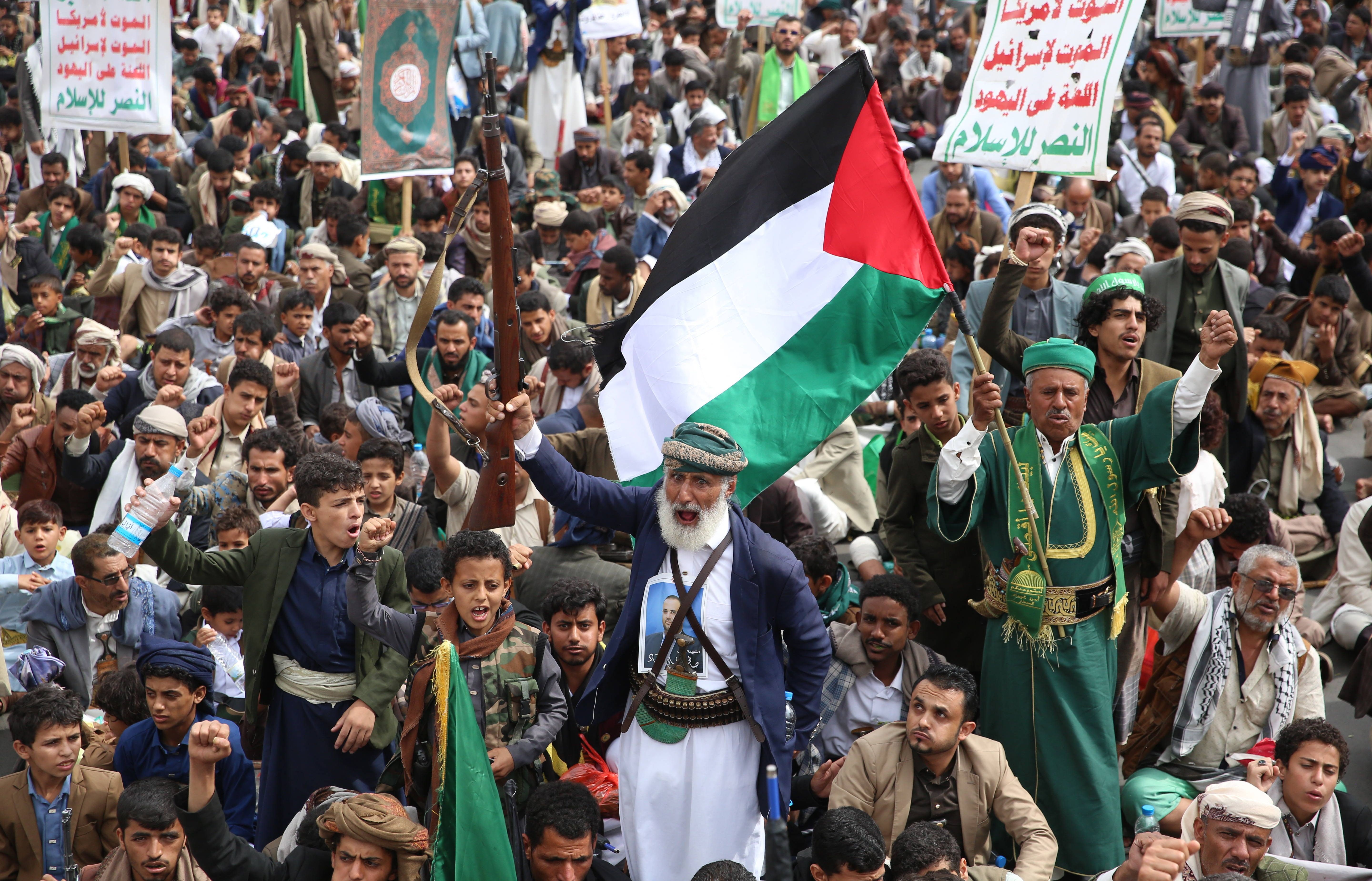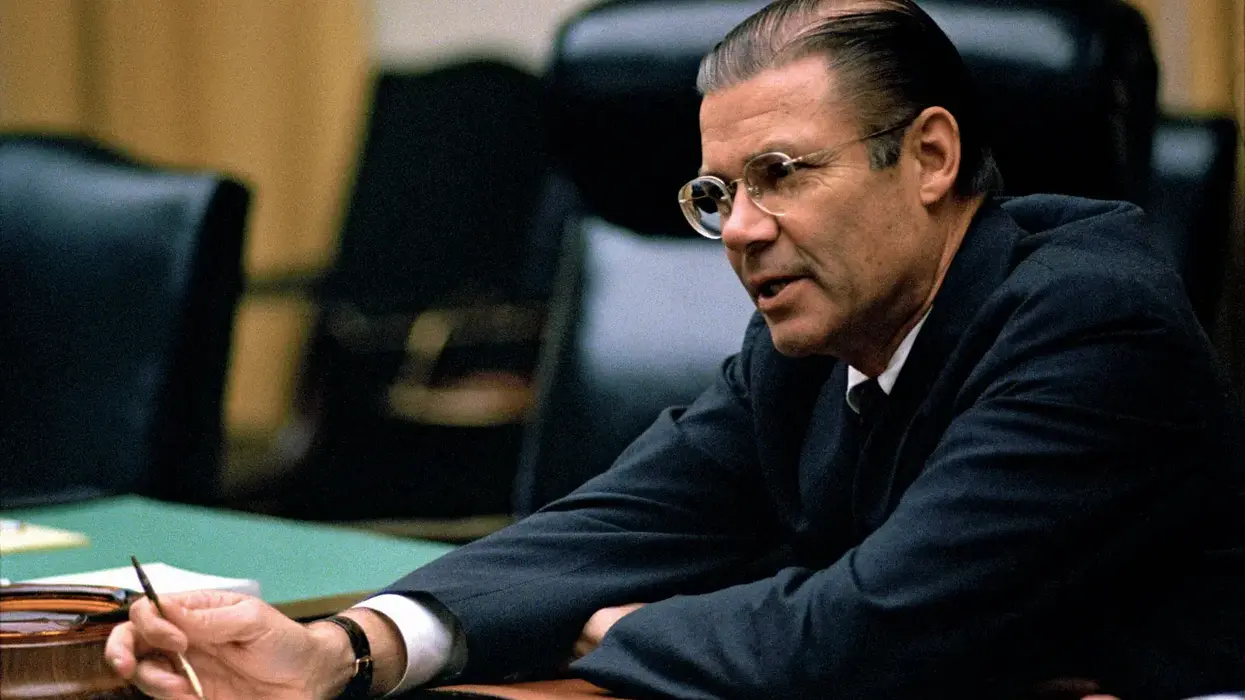Israeli Defense Minister Israel Katz threatened to "cut the hands" of Israel's enemies, but his specific target — Yemen's Houthi movement (Ansarullah) — has not only survived months of IDF and U.S. military pressure, but has also grown stronger with each confrontation.
The latest Israeli strike on Heyzaz power plant near Sanaa, Yemen’s capital, exemplifies this strategic failure: a symbolic attack on civilian infrastructure that inflicts severe hardship on Yemen's civilian population while doing nothing to degrade Houthi military capabilities.
The cycle of violence remains unmistakable. Since October 2023, Houthi forces have carried out near-daily attacks against Israeli-linked shipping in the Red Sea, as well as targets in Israel proper, such as air and sea ports, launching more than 70 missiles and 22 drones at Israel since March 2025 alone.
These attacks, which the Houthis consistently frame as protests against Israel's military campaign in Gaza, have been painful: since November 2023, the Houthis have targeted more than 100 merchant ships in the Red Sea, pushing insurance rates to skyrocket and forcing costly detours for commercial shipping. The strikes forced the key Israeli Red Sea port of Eilat to reduce operations by 90%, pushing it to the brink of bankruptcy. These actions prompted relentless Israeli retaliation against Yemeni targets.
While the U.S. initially joined Israeli strikes, it quickly recognized the strategic quagmire — the Houthis adapted their tactics faster than Western forces could effectively respond, creating a prohibitively expensive war of attrition. The $1 billion U.S. bombing campaign proved so ineffective that the Trump administration pursued an Oman-brokered ceasefire in May, though notably this agreement only protected U.S. assets while leaving Israel vulnerable to continued attacks.
Recent reporting highlights the resilience of Houthi forces. Since the pause in U.S. strikes, they have reportedly rebuilt radar systems, communication networks, and reconnaissance capabilities. They also conducted naval exercises at Al Hudaydah port, deployed modern weapons to Red Sea coastal areas, and relocated munitions to mountainous western regions.
Israel's campaign has now escalated beyond targeting Houthi military targets to include critical civilian infrastructure. Heyzaz power plant is one of the key facilities in supplying the Yemeni capital Sanaa. Despite that, Tel Aviv tried to justify the attack by claiming that it was used by the Houthis, mirroring its rationale for bombing the Al Hudaydah port in June, a vital lifeline for Yemen’s fuel, medicines, and food imports.
The Israeli strategy of attacking civilian facilities reflects fundamental miscalculations. These strikes, while certainly disruptive, are unlikely to significantly impact the Houthis' determination to continue military operations in support of the Palestinians. In terms of targeting energy infrastructure specifically, already during the war with the Saudi-led coalition (2015-2023), the Houthi-controlled territories had transitioned to relying primarily on decentralized power sources. Small-scale solar installations, backyard generators, and diesel-powered units became the backbone of electricity supply. As a result, Israeli strikes against centralized power plants yield minimal strategic effect.
The immediate Houthi response — a ballistic missile launch at Israel that Tel Aviv claimed was intercepted — demonstrated their undiminished capacity. Furthermore, these attacks on civilian facilities only strengthen Ansarullah's resolve and narrative of resisting Israeli aggression, boosting their regional legitimacy while Israel's international isolation grows.
Houthi leader Abdul Malik al-Houthi has increasingly styled himself as a pivotal leader of the regional "Axis of Resistance," echoing the rhetorical and strategic playbook of the Lebanese Hezbollah’s leader Hassan Nasrallah, assassinated during an Israeli attack on Beirut. In a recent speech, he framed the conflict in stark terms that went beyond Yemen, lambasting Arab governments for their "shameful weakness" in submitting to U.S. and Israeli pressure while contrasting their inaction with the Houthis’ defiance.
Al-Houthi’s messaging is deliberate and effective. By condemning Lebanon’s acceptance of U.S. demands for Hezbollah to be disarmed as a "betrayal of sovereignty," mocking Egypt’s gas deals with Israel as a "sad paradox" next to Norway’s sovereign wealth fund’s boycott of Israel, and accusing Arab leaders of silence over the Netanyahu government’s expansionist “Greater Israel” rhetoric, he positions the Houthis as the only force willing to confront Israel militarily and rhetorically.
While conventional wisdom often dismisses the Houthis as an Iranian proxy, their fiery rhetoric also challenges Tehran. Iran's rulers face growing criticism for failing to deter Israeli attacks — both against regional allies like Hezbollah and on its own soil during the 12-day June war — by seeking de-escalation over a full-force retaliation.
This narrative resonates across the region, where popular frustration with both Israel’s war in Gaza and the perceived complicity of U.S.-aligned governments runs high. Each Israeli strike on Yemen — particularly against civilian sites — reinforces the Houthis’ claim to leadership of the resistance camp, eroding Israel’s standing while consolidating Ansarullah’s influence far beyond Yemen’s borders.
Meanwhile, Israel's stubborn reliance on military solutions continues to ignore the fundamental political reality: the Houthis' campaign will persist as long as Israel's assault on Gaza continues. A durable ceasefire in Gaza remains the singular solution that would eliminate the Houthis' primary justification for their attacks. This underscores the core problem — military action cannot resolve what is, at its heart, a political conflict. Equally counterproductive is the ongoing blockade of Yemen, which serves only to inflict suffering on civilians while failing to weaken Houthi recruitment or reduce anti-Western sentiment.
History offers clear lessons. From Hezbollah to Hamas to Houthis, asymmetric opponents don't surrender under bombardment — they evolve. Israel's current path promises only deeper isolation, drained resources, and prolonged conflict. True strength lies not in empty threats but in breaking cycles of violence. The question remains whether Israeli leaders will learn this lesson before their long-term strategic position deteriorates further.
















